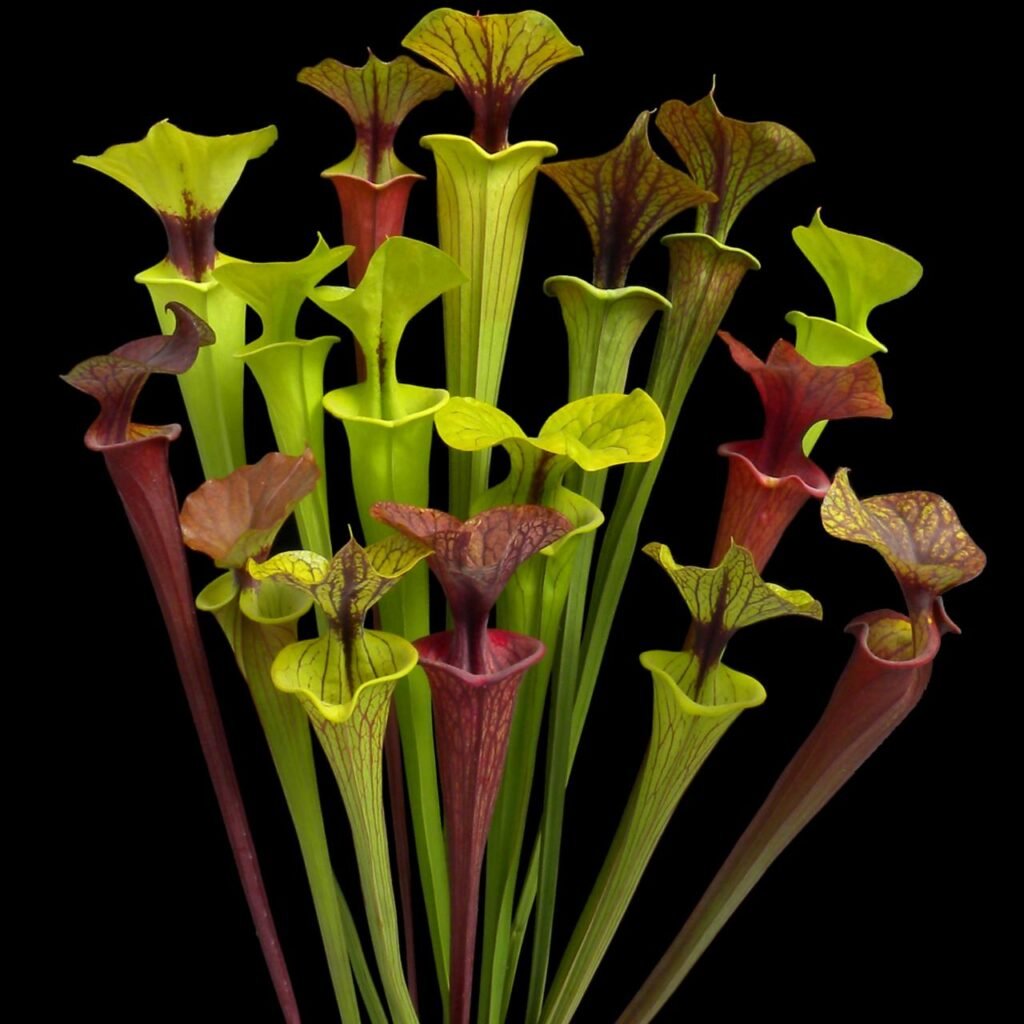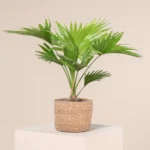Discovering the Beauty of the Yellow Pitcher Plant: Detailed Care, Propagation, and Conservation Insights
Introduction
The Yellow Pitcher Plant, scientifically known as Sarracenia flava, is a captivating carnivorous plant native to the southeastern United States. This plant is renowned for its striking yellow pitchers, which can grow up to 3 feet tall, and its unique mechanism for trapping insects. The Yellow Pitcher Plant thrives in nutrient-poor, acidic bogs and has evolved to derive its nutrients from the insects it captures. This comprehensive guide provides detailed insights into the care, propagation, and ecological significance of the Yellow Pitcher Plant, offering valuable information for both hobbyists and conservationists.
Quick Facts
| Fact | Details |
|---|---|
| Scientific Name | Sarracenia flava |
| Common Names | Yellow Pitcher Plant, Trumpet Pitcher Plant |
| Native Regions | Southeastern United States |
| Optimal Humidity | 50-80% |
| Optimal Temperature | 70-95°F (21-35°C) during growing season, 40-50°F (4-10°C) during dormancy |
| Soil Type | Nutrient-poor, acidic, well-draining |
| Watering Needs | Consistent moisture, use distilled or rainwater |

Physical Characteristics
The Yellow Pitcher Plant is distinguished by its tall, tubular yellow pitchers that can reach up to 3 feet in height. These pitchers are equipped with a lid that prevents rainwater from diluting the digestive enzymes inside. The interior of the pitcher is lined with downward-pointing hairs that prevent trapped insects from escaping. The plant produces vibrant yellow flowers in the spring, adding to its ornamental appeal.
Nutrition, Foods to Avoid
Yellow Pitcher Plants derive nutrients primarily from the insects they capture. It is crucial not to fertilize these plants with traditional fertilizers, as they are adapted to nutrient-poor soils and can be damaged by excessive nutrients. Instead, they should be allowed to capture their own prey naturally.
Health and Diseases
The Yellow Pitcher Plant is generally hardy but can suffer from fungal infections and root rot if overwatered or if the soil is not well-draining. Common pests include aphids and mealybugs, which can be managed with insecticidal soap or neem oil. Ensuring proper air circulation and maintaining appropriate moisture levels are key to preventing these issues.
Propagation Methods
Propagation of Yellow Pitcher Plants can be achieved through several methods:
- Seed: Growing from seed is a rewarding but slow process that requires stratification.
- Division: Mature plants can be divided during repotting to produce new plants.
- Tissue Culture: Advanced method used for large-scale propagation.
Pricing Information
| Type | Average Price |
|---|---|
| Small potted plant | $15 – $25 |
| Mature potted plant | $25 – $50 |
| Rare cultivars | $50 – $100+ |

Factors Affecting Price
- Plant Size and Age: Larger, more mature plants typically command higher prices.
- Cultivar: Rare or unusual cultivars are more expensive.
- Health and Condition: Plants in optimal health with well-formed pitchers are more valuable.
Price in Different Regions
| Region | Average Price |
|---|---|
| USA | $20 |
| Europe | €18 |
| Asia | ¥1500 |
FAQs
Q: How often should I water my Yellow Pitcher Plant?
A: Keep the soil consistently moist but not waterlogged. Use rainwater or distilled water to avoid mineral build-up.
Q: Can Yellow Pitcher Plants be grown indoors?
A: Yes, but they require bright light, either from a sunny window or grow lights, and high humidity.
Q: Do Yellow Pitcher Plants need a dormancy period?
A: Yes, Yellow Pitcher Plants require a winter dormancy period to thrive. Reduce watering and keep them in a cooler environment (40-50°F) during this time.
Related Plants
Other carnivorous plants like the Venus Flytrap (Dionaea muscipula) and the Sundew (Drosera) share similar care requirements and can make excellent companions to Yellow Pitcher Plants.
References
- International Carnivorous Plant Society
- Botanical Society of America
- National Geographic: Carnivorous Plants
Categories
Carnivorous Plants, Indoor Gardening, Exotic Plants, Plant Propagation, Sustainable Gardening
This detailed guide provides all the essential information needed to cultivate and care for Yellow Pitcher Plants successfully. Whether for personal enjoyment or conservation purposes, these fascinating plants offer a unique and rewarding gardening experience.
Views: 8











